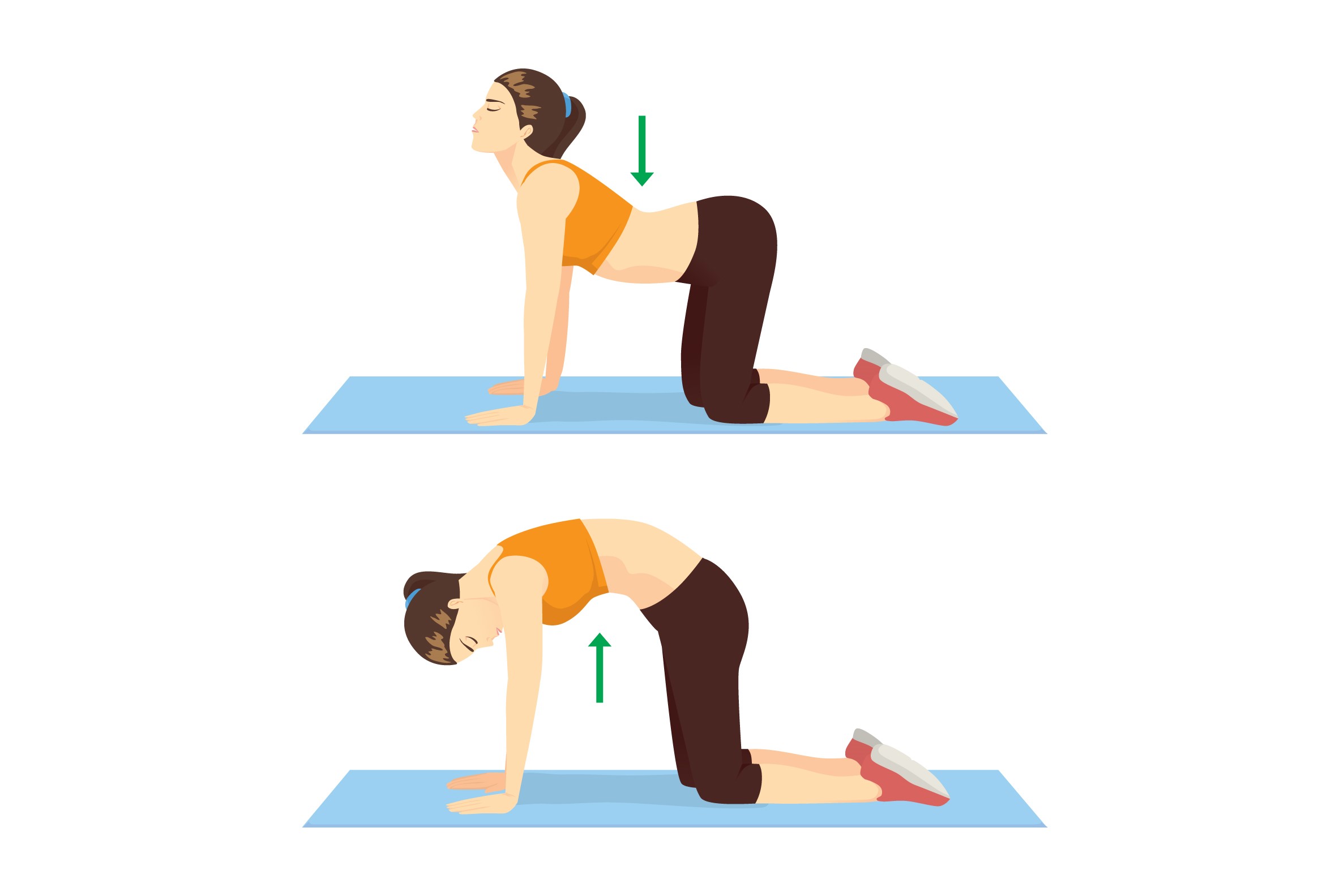Anxiety is a common condition in today’s fast-paced world. From work pressures to personal challenges, many people experience tension, restlessness, and overthinking. Yoga offers a natural, holistic way to manage anxiety, by combining physical poses, controlled breathing, and mindfulness to bring balance to the mind and body. Practicing yoga regularly can help reduce stress hormones, improve mood, and enhance mental clarity.
🧘♀️ The Ancient Origins of Yoga
Yoga is over 5,000 years old, originating in the Indus Valley Civilization of India. The word “yoga” comes from the Sanskrit “yuj”, meaning “to unite” or “to join,” reflecting the integration of mind, body, and spirit. Initially, yoga was a spiritual practice for monks and sages, aiming for self-realization and inner peace. Over centuries, it evolved into various styles such as Hatha Yoga (physical postures and breath control), Raja Yoga (mental discipline and meditation), Kundalini Yoga (energy awakening), and Yin Yoga (slow, deep stretches). These practices are now widely used to relieve stress and manage anxiety naturally.
🌿 How Yoga Calms Anxiety: The Science
Yoga works on the mind-body connection to alleviate anxiety through multiple mechanisms:
- Reduces Cortisol Levels: Yoga decreases the stress hormone, lowering physical tension.
- Boosts “Feel-Good” Neurotransmitters: Increases serotonin, dopamine, and GABA, which improve mood and emotional resilience.
- Activates the Parasympathetic Nervous System: Poses and breathwork trigger the “rest-and-digest” state.
- Enhances Mindfulness: Focusing on breath and movement interrupts racing, anxious thoughts.
🌸 Key Benefits of Yoga for Anxiety
- Reduces stress and tension in body and mind
- Improves sleep quality and relaxation
- Increases focus and concentration
- Promotes physical wellness, flexibility, and posture
- Enhances emotional stability and resilience
🧘♂️ Detailed Yoga Poses to Reduce Anxiety
1. Child’s Pose (Balasana)

Steps: Kneel on the mat, sit on your heels, fold forward placing your forehead on the mat. Extend your arms forward or let them rest by your sides. Relax shoulders, jaw, and eyes.
Benefits: Relieves tension in the back, neck, and shoulders. Promotes a sense of safety and grounding. Ideal for calming the mind after stressful moments.
Tip: Breathe deeply into the belly and imagine stress melting away with every exhale. Stay in the pose for 2–5 minutes, increasing over time.
2. Bridge Pose (Setu Bandhasana)

Steps: Lie on your back with knees bent and feet hip-width apart. Press your feet and arms into the mat, lifting your hips toward the ceiling. Interlace your fingers under the back for a deeper stretch.
Benefits: Opens the chest and heart area, strengthens the spine, reduces fatigue, and calms the nervous system.
Tip: Engage your glutes and thighs gently. Focus on breathing deeply into your ribcage to release tension in the chest and shoulders.
3. Legs-Up-The-Wall Pose (Viparita Karani)

Steps: Sit sideways next to a wall, lie on your back, and swing your legs up against the wall. Keep arms relaxed by your sides and close your eyes.
Benefits: Reduces swelling in the legs, improves circulation, relaxes the mind, and decreases anxiety levels.
Tip: Use a folded blanket under the hips to increase comfort and support the lower back. Stay for 5–10 minutes while focusing on deep breaths.
4. Seated Forward Bend (Paschimottanasana)

Steps: Sit with legs extended forward. Inhale to lengthen your spine, exhale and fold forward from the hips, reaching for your feet, ankles, or shins.
Benefits: Stretches spine, hamstrings, and shoulders. Calms the mind, improves digestion, and reduces fatigue.
Tip: Keep a gentle bend in the knees if hamstrings are tight. Focus on long, slow breaths to release tension gradually.
5. Cat-Cow Pose (Marjaryasana-Bitilasana)

Steps: Position yourself on hands and knees. Inhale as you arch the spine, lifting your tailbone and head (Cow Pose). Exhale and round your spine, tucking your chin (Cat Pose). Repeat 8–10 cycles.
Benefits: Warms up the spine, improves flexibility, releases tension in back and neck, and promotes mindful breathing.
Tip: Coordinate your movements with your breath. Visualize releasing negative energy with each exhale.
6. Corpse Pose (Savasana)

Steps: Lie flat on your back, legs slightly apart, arms relaxed by your sides with palms facing up. Close your eyes and focus on releasing every muscle in the body.
Benefits: Deep relaxation, integration of yoga benefits, reduced anxiety and improved mental clarity.
Tip: Mentally scan your body, relaxing each part from toes to head. Stay in Savasana for 5–10 minutes for maximum benefits.
📺 Guided YogaEndless Video
🎯 Find Your Calm Game
Click the button to reveal a relaxing tip!
